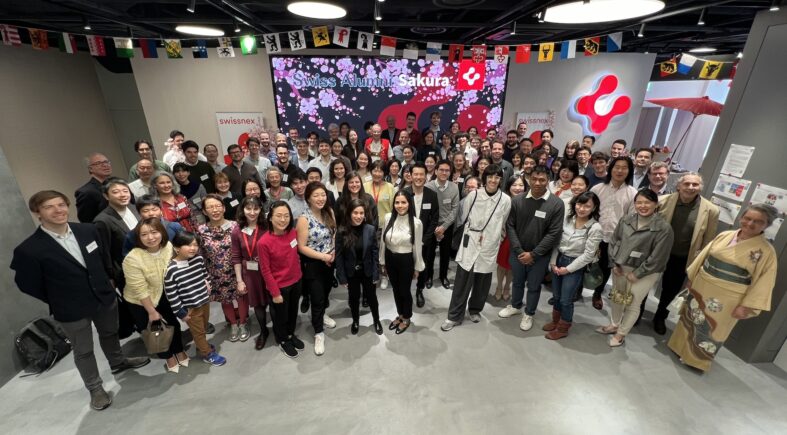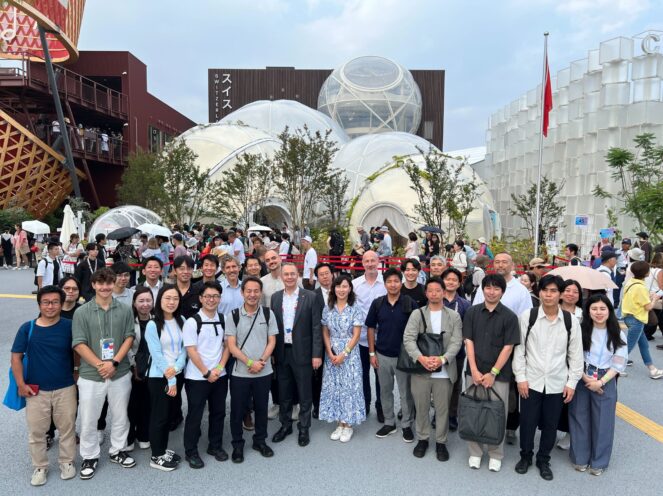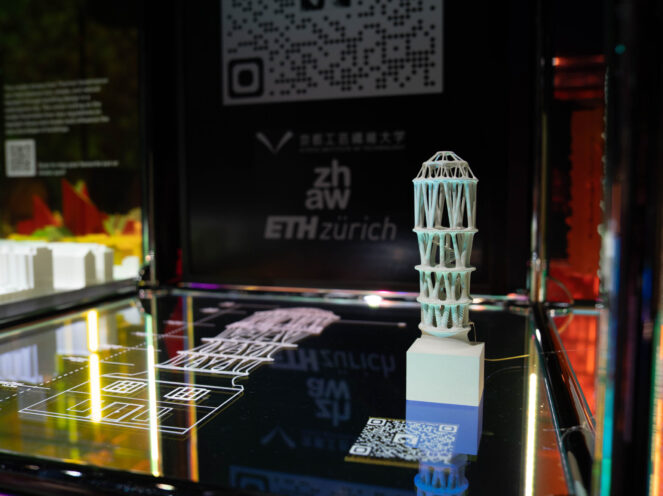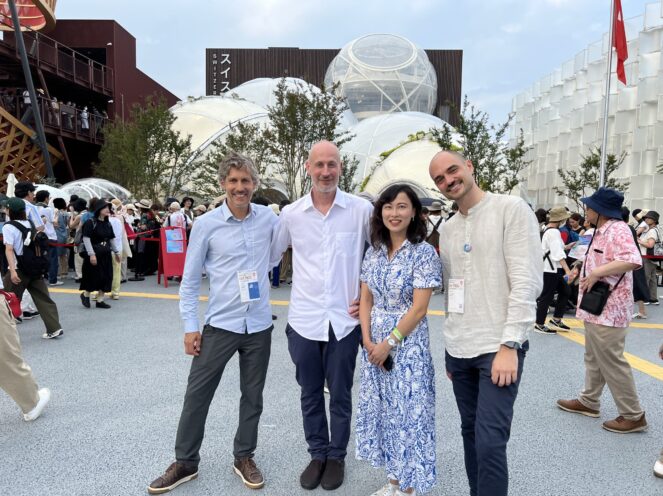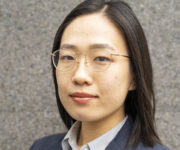What role did your Swiss experience play in building the international collaborations you are now leading?
Thanks to my experience in Switzerland and the strong ties I have fostered there, I am now honored to take a leading role in bringing Swiss collaborators to Japan. This includes not only presenting the Tor Alva – Built by Robots exhibition at EXPO 2025 Osaka (from August 13 to October 13, 2025) but also organizing an event with over 30 professionals from the Japanese construction industry at the Swiss Pavilion on July 8, 2025. This collaboration has strengthened ties between Switzerland and Japan, fostering the exchange of knowledge and the development of potential joint R&D projects.
I am also currently working with the ETH Zurich team on process studies related to Tor Alva, further advancing our shared commitment to innovation in digital construction technologies.
Can you tell us more about your current project: the Tor Alva – Built by robots project?
Tor Alva—also known as the White Tower—is a collaboration between ETH Zurich, the Zurich University of Applied Sciences (ZHAW), and the Kyoto Institute of Technology. Standing 30 meters tall in the Swiss mountains, it is the world’s tallest 3D-printed structure, composed of 124 3D-printed components fabricated at ETH Zurich.
The project goes beyond demonstrating cutting-edge digital fabrication and human-robot collaboration in construction; it also carries social and cultural significance. Located in the small Alpine village of Mulegns, which has only 11 residents, Tor Alva is helping to revitalize the area by serving as the new center for Digital Construction Technologies, hosting art installations, and performances.
How has your research at Kyoto Institute of Technology contributed to this project?
At the Kyoto Institute of Technology, we focus on integrating robotics into architectural design and construction. The collaboration on this project has allowed us to test our research in a real-world context, pushing the boundaries of what is possible with digital fabrication and supporting the development of sustainable construction practices.
